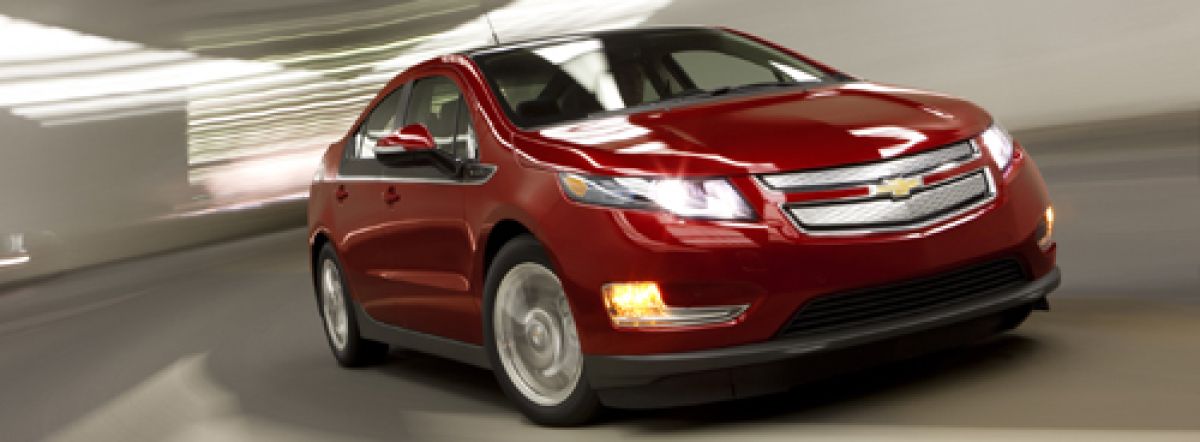The Highway Loss Data Institute (HLDI), which is part of the Insurance Institute for Highway Safety, has come out with a study that shows on average, the odds of being injured in a crash are 25 percent lower for people in hybrids than people traveling in nonhybrid models. A separate analysis by HLDI shows that hybrids may be as much as 20 percent more likely to be involved in pedestrian crashes with injuries than their conventional twins.
The reason hybrids are safer, according to HLDI, is bulk. "Weight is a big factor," says Matt Moore, HLDI vice president and an author of the report. "Hybrids on average are 10 percent heavier than their standard counterparts. This extra mass gives them an advantage in crashes that their conventional twins don't have."
That's right. The little-known secret about hybrids is they weigh more than their fuel-only counterparts because of the batteries required to propel them. They're more fuel efficient but they're also heavier, which provides greater mass, hence more protection, in a collision. At about 3,600 pounds, a hybrid Honda Accord midsize sedan, for example, can weigh as much as 480 pounds more than a conventional Accord. A hybrid Toyota Highlander, a midsize SUV, weighs about 4,500 pounds, compared with about 4,170 pounds for the conventional Highlander.
People used to be worried about a smart ForTwo colliding with a semi. Now they may want to keep their eyes open for Toyota Priuses.
In the study, HLDI estimated the odds that a crash would result in injuries if people were riding in a hybrid versus the conventional version of the same vehicle. The analysis included more than 25 hybrid-conventional vehicle pairs, all 2003-11 models, with at least 1 collision claim and at least 1 related injury claim filed under personal injury protection or medical payment coverage in 2002-10.
Hybrids' injury odds were 27 percent lower than their standard counterparts for collision claims with a related personal injury payment claim and 25 percent lower than their twins for collision claims with a related medical payment claim.
Look Both Ways
The HLDI attributes the pedestrian problem to, well, ignorant pedestrians who don't look both ways before crossing (like their moms should have told them). Pedestrians are relying on their ears to help them cross but that's a problem when hybrids are operating in full electric mode or as Batman might say, stealth mode.
As HLDI points out, it's become a significant enough problem that Congress has gotten involved. It has given the National Highway Transportation Safety Administration until 2014 to come up with guidelines for equipping hybrids and electric models with sounds to alert unsuspecting pedestrians.
That regulation could unintentionally make hybrids even safer. They're going to be so damn noisy that nobody is going to want to drive them. Maybe it's time to equip pedestrians with blind-spot detection hardware so their bodies vibrate if they step off a curb and a car is coming.





